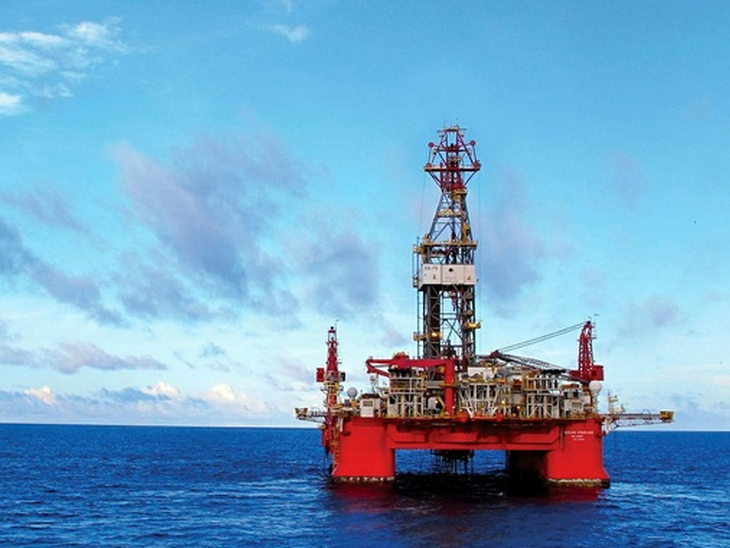
T&B Petroleum/Petrobras Agency

Petrobras is increasing its fleet of drilling rigs to operate in exploratory blocks, under the concession and sharing regimes. This year, the NS-45 (Brava Star) drillship was added to the fleet in March and the SS-75 (Ocean Courage) semi-submersible in May. These units are already being used to reinforce the prospecting for new oil fields, intensifying campaigns in the Campos, Espírito Santo and Santos Basins.
In addition to these vessels, the NS-32 (Norbe VIII) drillship is scheduled to go into operation by September of this year, for the Libra Consortium, of the SS-91 mono-column (Developer), for Petrobras exclusive projects in the Campos and Santos Basins. With these four new units, Petrobras will add 15 rigs received since 2019, arriving in September 2021 to a fleet of 22 offshore rigs in operation.
The drilling rigs can operate in already developed areas, prospect new deposits or be used to map reservoirs. The beginning of the exploration of an offshore block and the identification of the best opportunities for oil discoveries depends on studies and geological assessments, which are only confirmed with the subsequent drilling of the wells, which makes the use of marine probes essential.
Find out how a drilling rig works
Equipped with the most modern technologies for offshore drilling, the new units are capable of operating in water depths of up to 3,000 meters, drilling wells up to 10,000 meters. For that, they are equipped with a system to generate 50 MW of energy, enough to supply a city of 100 thousand inhabitants - such as São Pedro da Aldeia, RJ. The drilling tower is located in the center of the unit and, through an opening in the hull (moonpool), the column and drilling equipment go to the bottom of the sea, from where the well is drilled until it reaches the oil field . The main tower of these vessels reaches 90 meters above sea level, equivalent to a 32-story building, and has the capacity to lift 900 tons of cargo, equivalent to the weight of 5 Boeing 747. The length of the drill ship is 230 meters , which is equivalent to twice the height of the Petrobras Headquarters Building (Edise).
The marine drilling rigs were designed to drill subsea wells with the advantage of storing large amounts of materials (piping, equipment, liquids and bulk) and operate without the support of marine support or service units.
Dynamic positioning and propulsion
A deep-water drilling rig maintains its stable position during the operation of a well, through a dynamic positioning system, composed of thrusters and acoustic sensors, which eliminates the need for anchoring in the seabed. This technology cancels the environmental effects caused by currents, waves and wind, preventing the movement of the unit. This system supports adverse environmental conditions on the Brazilian coast, such as storms, without the need for disconnection.
Drill ships (NS), because they have a ship-shaped hull and favorable hydrodynamic characteristics, use their propellers aligned for navigation, which allows long and fast displacements to act in different areas. NS-45, for example, should participate in the construction of wells throughout the Brazilian pre-salt, in the Campos, Espírito Santo and Santos Basins.

Contact us
2